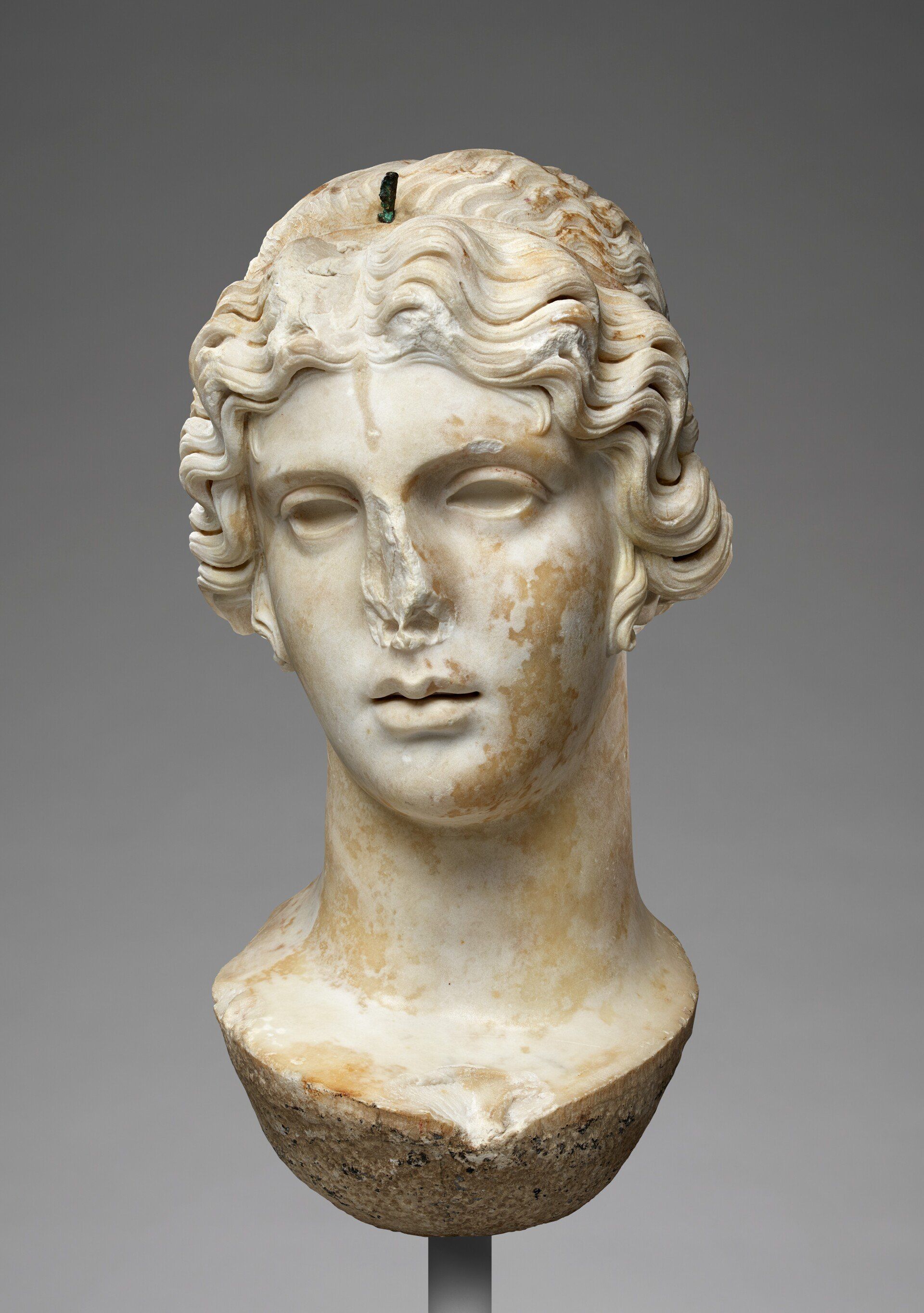Cultural Restitution
SHARE ARTICLE
The J. Paul Getty Museum in Los Angeles is returning a nearly life-size sculptural group of a Seated Poet and two Sirens to Italy after research revealed the figures were excavated illegally.
At the same time, the Museum is working alongside Italy’s Ministry of Culture and will return four additional objects in the Getty collection, some of which are also understood to have been trafficked.
The figures of a Seated Poet and two Sirens with unjoined fragmentary curls and shells, also known as Orpheus and the Sirens, are made of terracotta and surviving traces of paint confirm were originally brightly painted. They came from the Greek colony of Tarentum, located on the Apulian coast in southeast Italy, and were made about 350-300 BCE. Mr Getty acquired the figures himself in March 1976, just months before his death on June 6. He paid 550,000 US dollars to the now-defunct Bank Leu in Zurich for the three figures on the recommendation of Czech American archaeologist Jiri Frel, Getty's antiquities curator from 1973 to 1986.
The group is considered to be the depiction of a deceased mortal as a musician surrounded by two mythical Sirens, part bird and part woman, and would have decorated a tomb.
The first discussions over their illegal export took place between the Museum and Italy's Ministry of Culture in February this year. However, the evidence of their illegal excavation became more persuasive after the Museum was contacted by Matthew Bogdanos of the Antiquities Trafficking Unit at the Manhattan District Attorney’s Office. Bogdanos has been conducting an investigation into the operations of Gianfranco Becchina, an accused Italian antiquities smuggler. As a result, the decision was made that now is an "appropriate to return them in accordance with Getty policy," according to a Museum spokesperson. The figures were removed immediately from public view and the Museum is currently preparing the extremely fragile figures for their return to Rome next month (September).
Their return will be a great loss to the Getty, which regards them as a signature work in the Museum's classical collection. "I'd even say one of the most important in the collection," Museum Director Timothy Potts said in an interview with the Los Angeles Times. "So it will be a loss as to what we can represent about the art of the ancient classical world, in this case southern Italy in the late fourth century BCE."

Colossal Head of a Divinity, 2nd cent A.D. Roman
Working alongside a number of independent scholars, the Getty has also decided to return three further objects acquired by J. Paul Getty and the Getty Museum in the 1970s: a 2nd cent A.D. colossal marble head of a divinity, a 2nd cent A.D. stone mould for casting pendants and an oil painting of the Oracle at Delphi by the Neapolitan artist Camillo Miola (1840-1919). A fourth object scheduled to be returned is a 4th cent BCE. Etruscan bronze thymiaterion, acquired by the Museum in 1996. None of these four objects have been exhibited in recent years.
“We value our strong and fruitful relationship with the Italian Ministry of Culture,” explained Museum Director Robert Tuttle, “and with our many archaeological, conservation, curatorial, and other scholarly colleagues throughout Italy, with whom we share a mission to advance the preservation of ancient cultural heritage.”
This initiative is welcome news for Italy as the Getty hasn't always responded so positively to every request for restitution. Although it returned in 2007 a 5th cent BCE. marble statue of a deity known as the Getty Aphrodite, a statue excavated illegally from Italy in 1977 or 1978, there grew fears the Getty’s continuing refusal to return their Greek bronze statue Victorious Youth to Italy would lead the Museum to become much less co-operative over future repatriation claims. However, returning such an important work from the Museum's classical collection suggests a greater willingness by the Getty to return trafficked objects when evidence of trafficking is overwhelmingly persuasive.
Photo: Sculptural Group of a Seated Poet and Sirens (Orpheus and the Sirens), Greek, Tarentum, southern Italy, 350-300 BCE.
Both images courtesy of J. Paul Getty Museum, Los Angeles
More News



